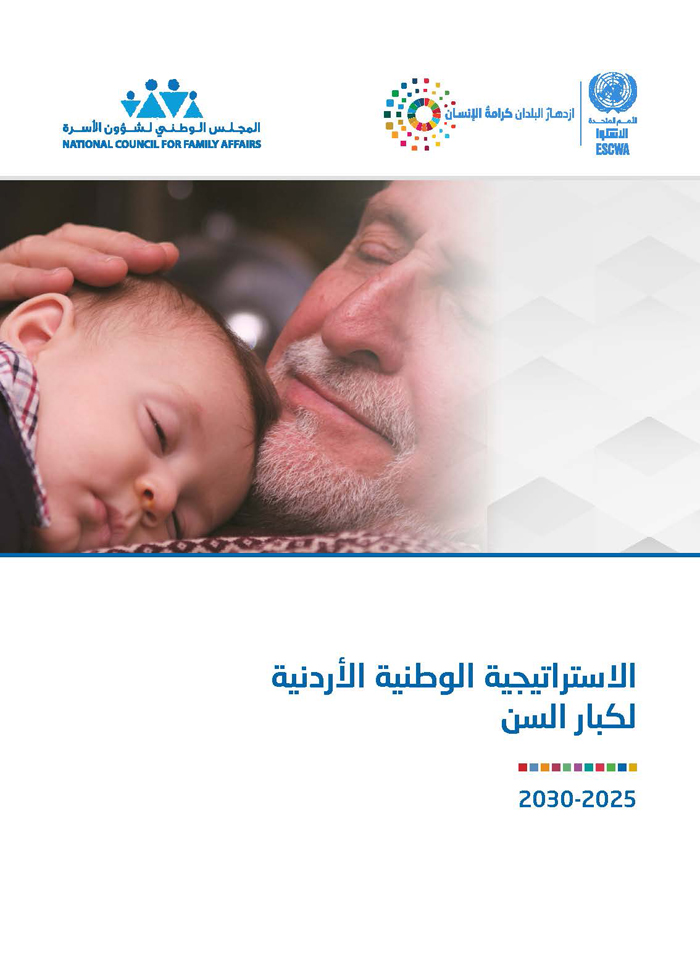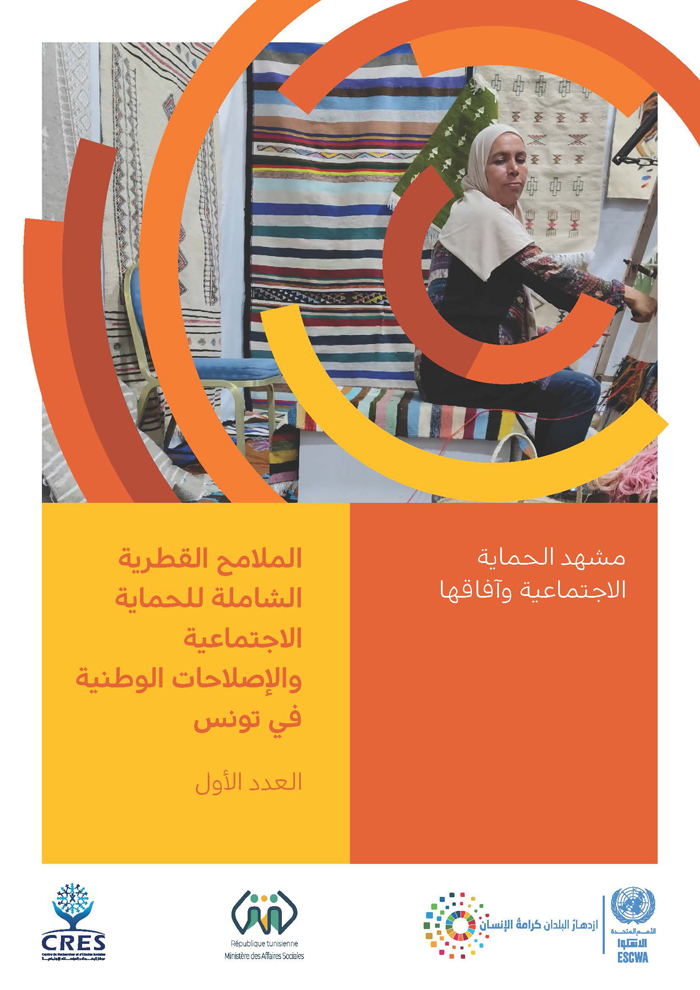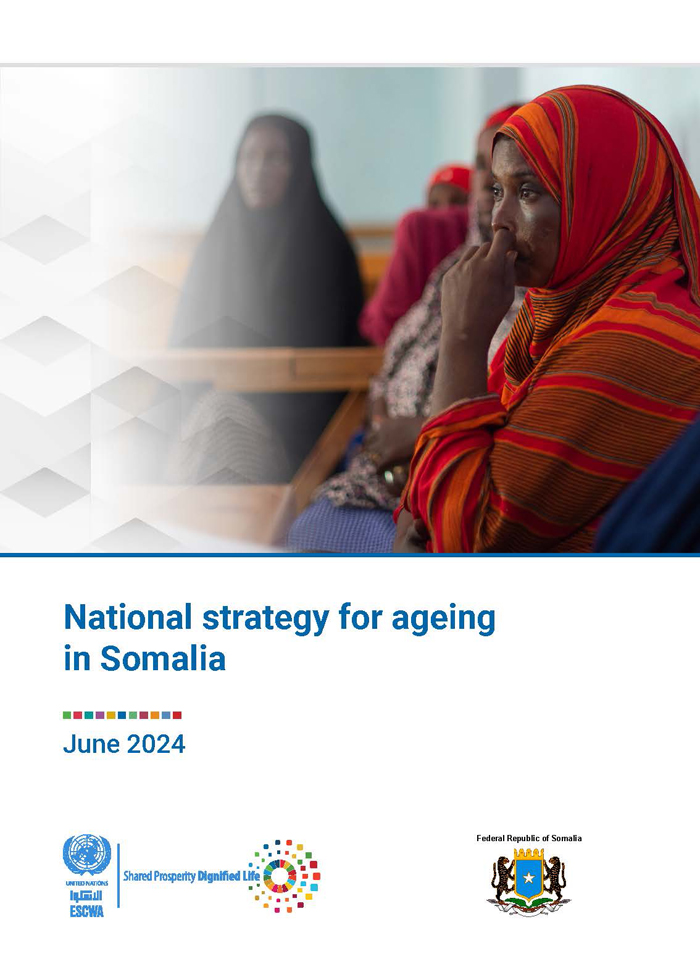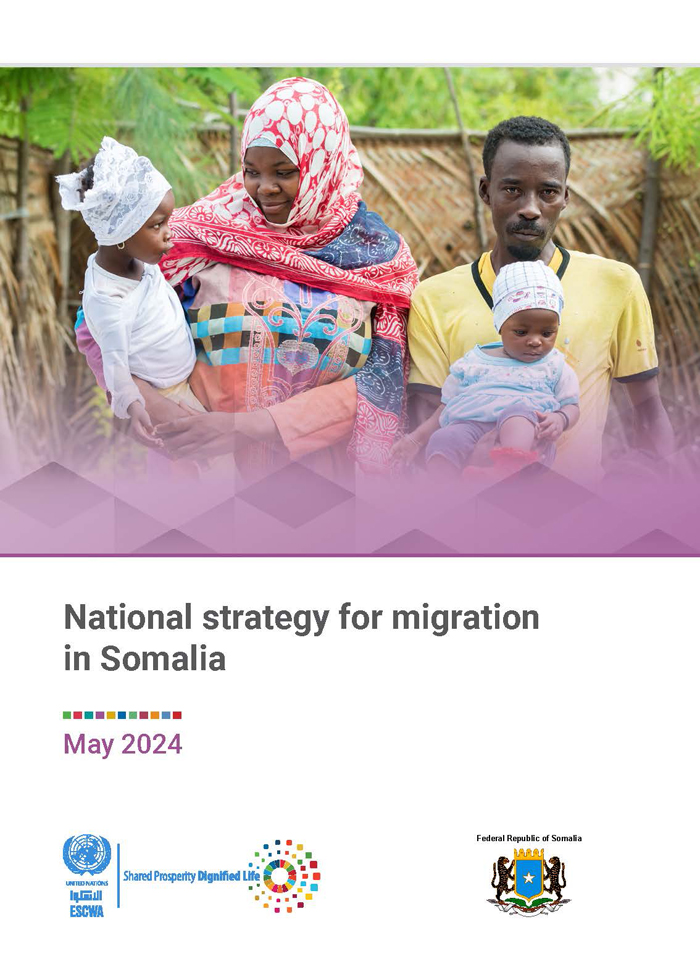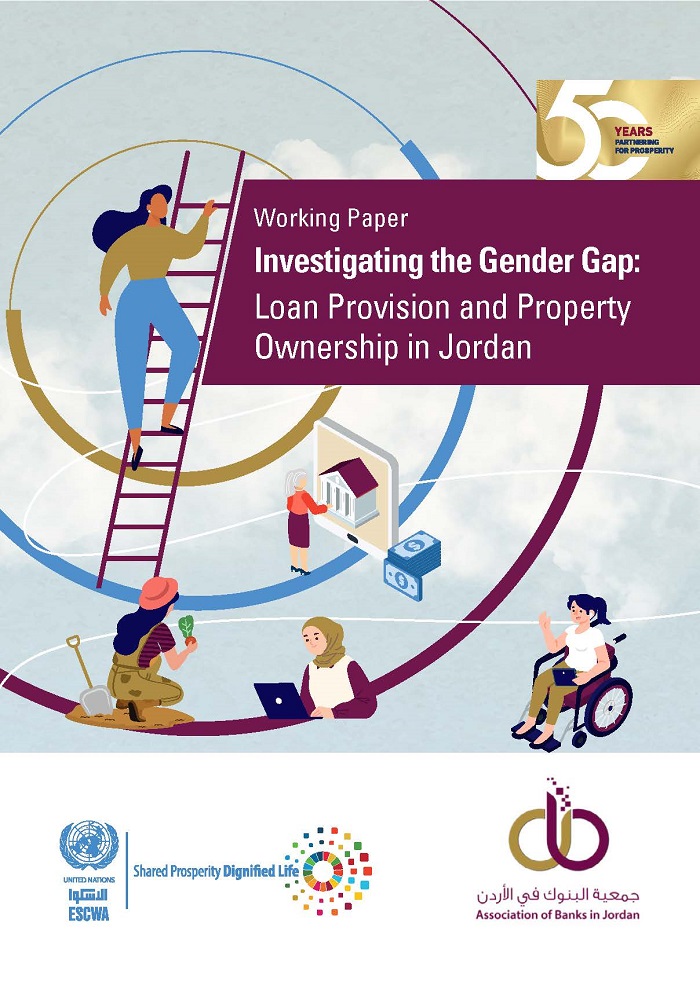
ESCWA Publication: E/ESCWA/CL2.GPID/2023/WP.9
Country: Hashemite Kingdom of Jordan
Publication Type: Working papers
Cluster: Gender Justice, Population and Inclusive Development
Focus Area: Gender equality, Inclusive development, Future of employment
Initiatives: Gender statistics, Women’s economic empowerment
SDGs: Goal 5: Gender Equality, Goal 8: Decent Work and Economic Growth, Goal 10: Reduced Inequalities
Keywords: Jordan, Women's employment, Bank loans, Gender equality, Economic growth, Right to own property, Loans, Gender equality, Entrepreneurship, Women's rights, Women in development, Real property
Investigating the gender gap: loan provision and property ownership in Jordan
May 2023
Across the Arab region, gender inequality continues to limit women from realizing their rights and full potential. Despite some progress in recent decades, women in the region earn less than men, have lower access to resources, and remain underrepresented in economic leadership. This can be seen acutely in the areas of women’s property ownership and economic empowerment.
Unlocking women’s economic potential will require addressing the many intersecting constraints they face. This working paper has demonstrated that patterns and forms of lending for SMEs show vast discrepancies based on the gender and property ownership of borrowers. The data collected from several banks in Jordan present a starting point for in-depth investigation into other direct and indirect practices that may also contribute to the gender gaps identified in this paper.
Related content
Gender equality
, Inclusive development
, Future of employment
,
Across the Arab region, gender inequality continues to limit women from realizing their rights and full potential. Despite some progress in recent decades, women in the region earn less than men, have lower access to resources, and remain underrepresented in economic leadership. This can be seen acutely in the areas of women’s property ownership and economic empowerment.
Unlocking women’s economic potential will require addressing the many intersecting constraints they face. This working paper has demonstrated that patterns and forms of lending for SMEs show vast discrepancies based on the gender and property ownership of borrowers. The data collected from several banks in Jordan present a starting point for in-depth investigation into other direct and indirect practices that may also contribute to the gender gaps identified in this paper.
